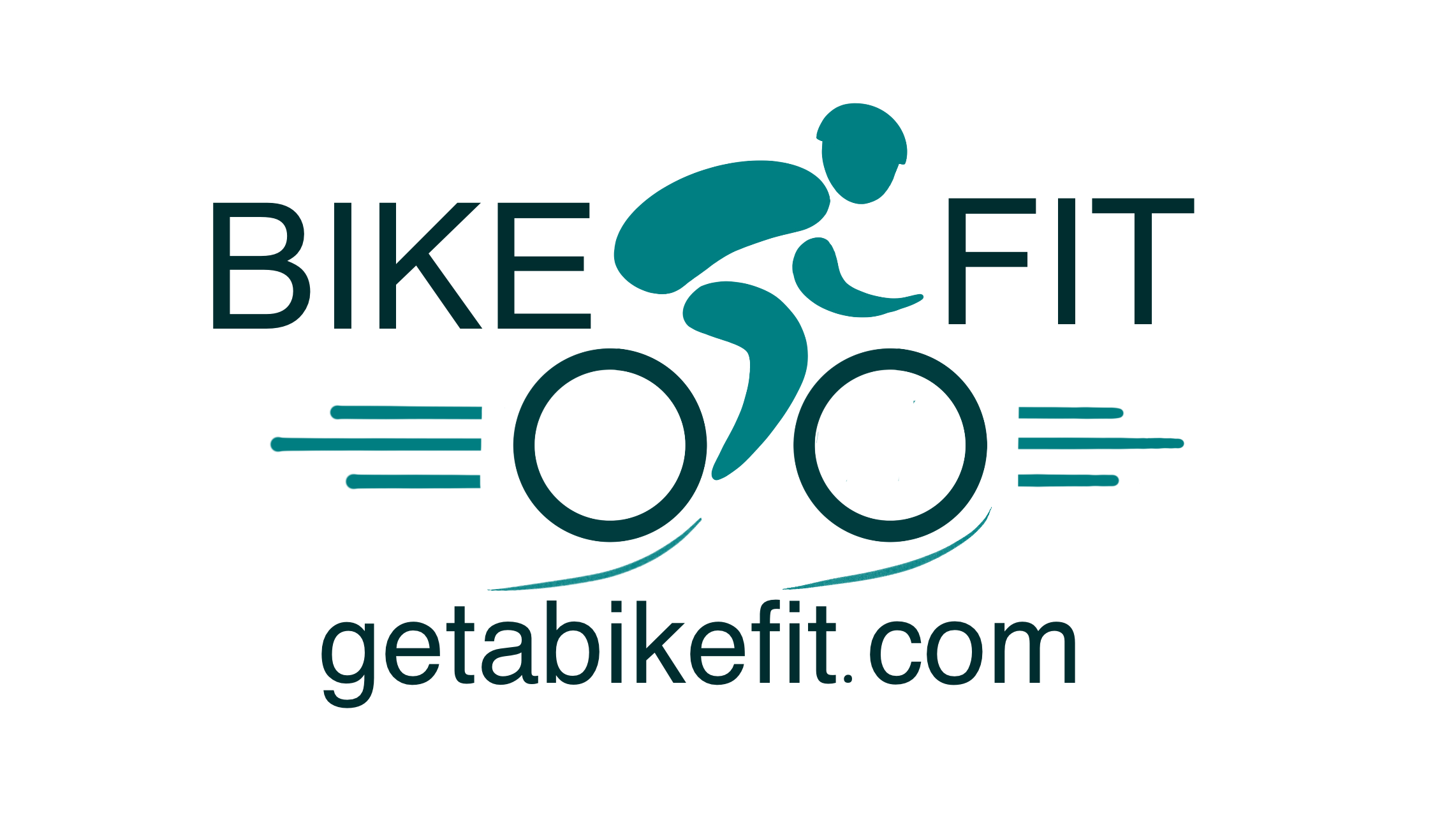For many cyclists, a professional bike fit is something they consider only when discomfort arises or performance plateaus. But timing your bike fit strategically can make a significant difference—not just in how you ride, but in how you prepare for the season ahead. While many opt for a fit at the start of the season (April to June), there’s a compelling case to be made for doing it during the off season instead (October to March).

Reflect on a Full Season of Riding
By the end of the season, you’ve accumulated months of riding information—both physical and experiential. You know where your body felt strong, where it struggled, and what nagging pains or inefficiencies cropped up. This is invaluable information for a bike fitter, who can use it to make precise adjustments tailored to your real-world experience.
Time to Adapt Gradually
A bike fit often results in many changes such as saddle height, cleat position, handlebar reach. These adjustments, while beneficial, can take time for your body to adapt to. Doing a fit at the end of the season gives you the entire off-season to ease into the new setup without the pressure of upcoming events or long rides.
Build a Better Off-Season Training Plan
A bike fit can reveal biomechanical imbalances or flexibility issues that may have gone unnoticed. With this knowledge in hand, you can tailor your off-season strength and mobility training to address these weaknesses, setting a stronger foundation for the next season.
Avoid the Springtime Rush
Bike fitters are often booked solid at the start of the season when everyone is scrambling to get ready. Scheduling your fit in the off season (autumn or winter) means more availability, more attention, and more time to fine-tune your setup.
Upgrade with Confidence
If you’re planning to upgrade components or even buy a new bike, an end-of-season fit can guide those decisions. Knowing your ideal geometry and measurements helps ensure that your next bike or gear purchase is a perfect match. As an added bonus, the end of the season is the best time to grab a bargain as the bike shops want to clear space for the new models.
Conclusion
Getting a bike fit during the off season isn’t just about comfort—it’s a proactive step toward better performance, injury prevention, and smarter training. It gives you the time and space to adapt, reflect, and prepare, so when the new season rolls around, you’re not just ready—you’re ahead.



Leave a Reply